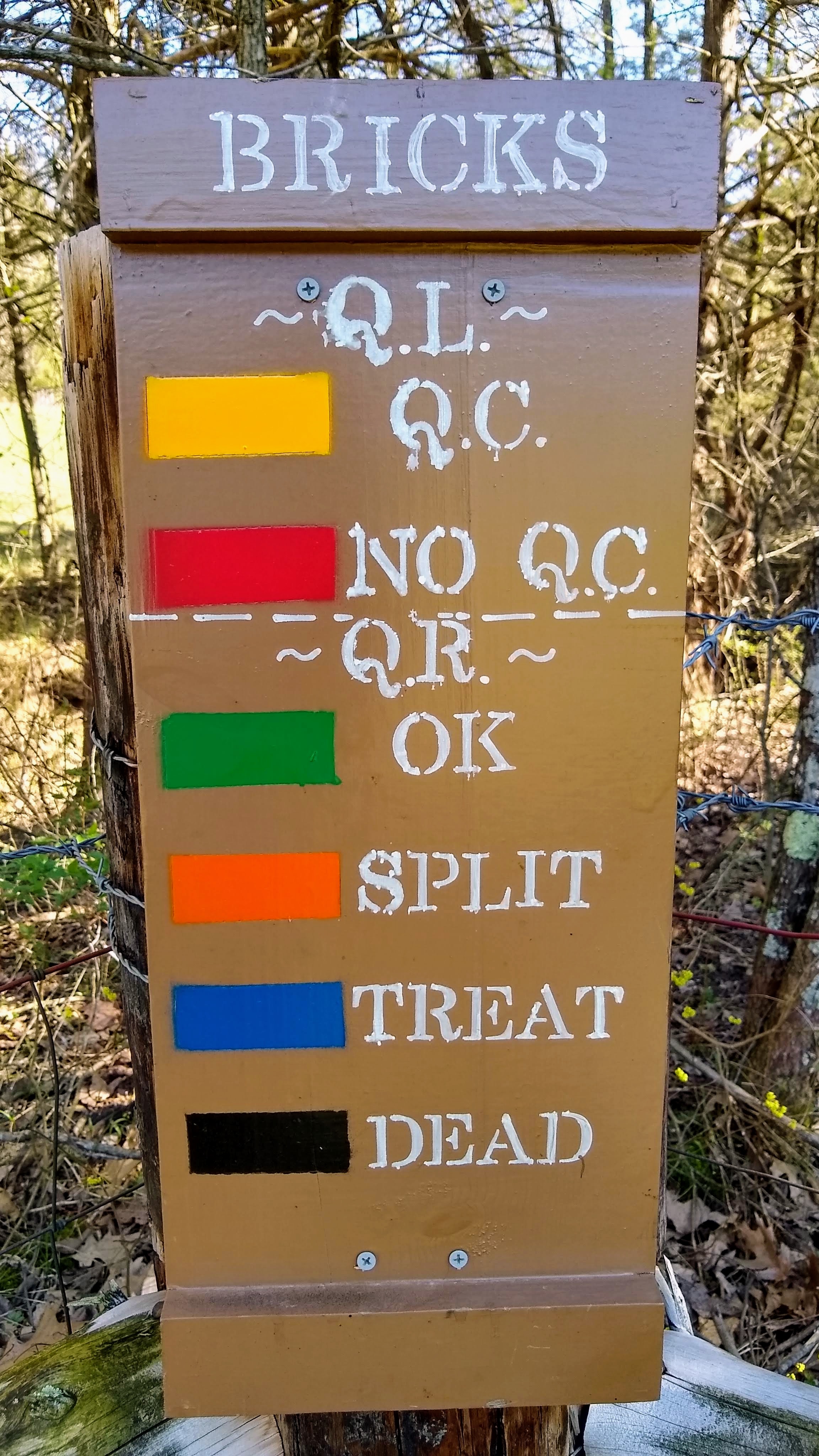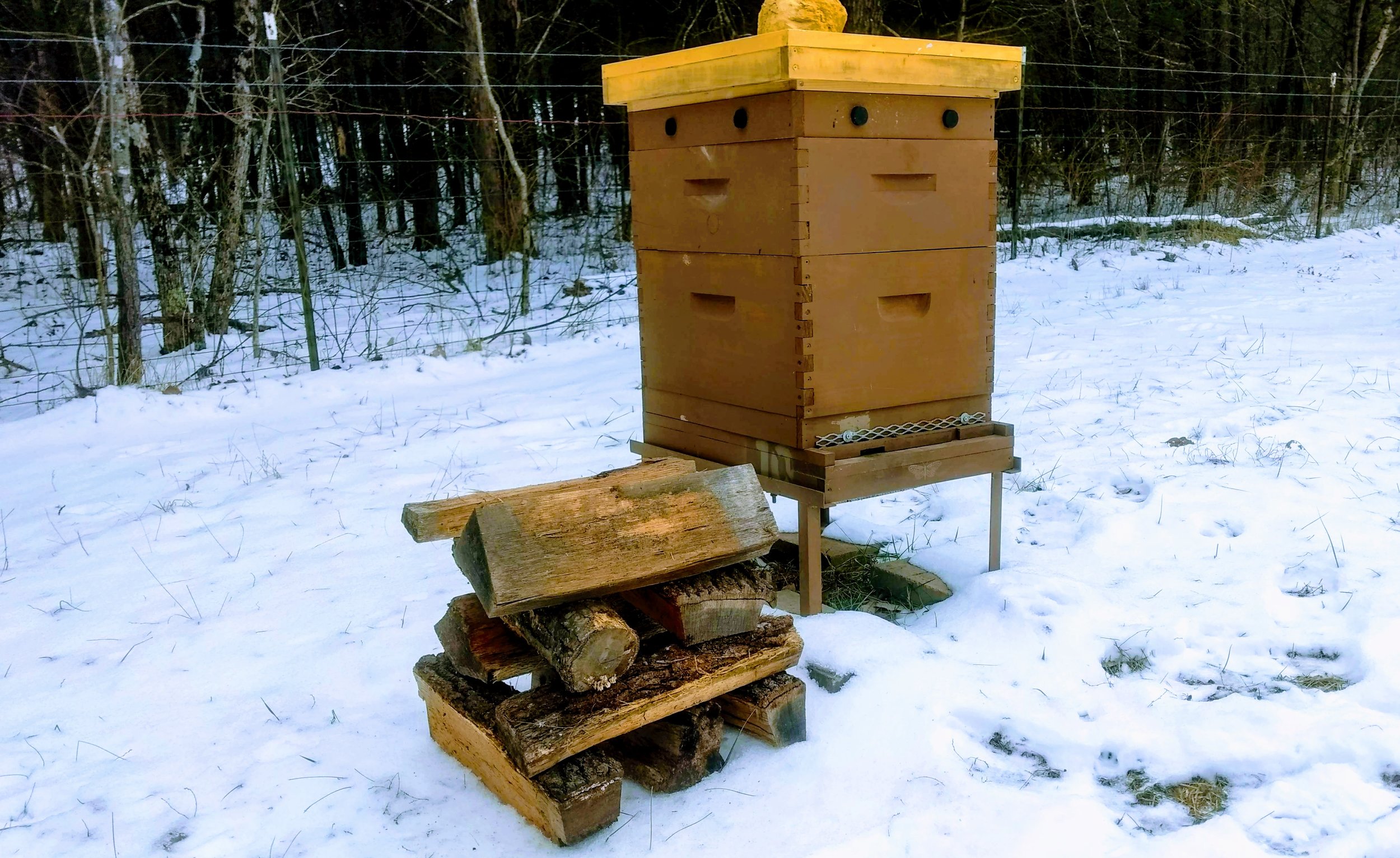I’ll go out on a limb and say that most beekeepers have considered the potential danger of their hobby at some point. We’ve heard tales about things going awry during an inspection, including the story about the long-time beek in England that died from one well-placed sting to the jugular. But most of us don’t worry excessively about our bees doing real harm to us, and I suppose those who do eventually take up watercolors or some other relatively nonthreatening pursuit. I came across this very interesting infographic on CompoundChem.com., which provides a lot of interesting facts on the venom of many insects, including our beloved honey bees.
But hypothetically, if we suit up in shorts and a t-shirt and get into a hot hive—or one that’s Africanized—just how many stings could we endure before we succumbed to them? The key piece of info on the above graphic is that a lethal dose of venom from a honey bee is 2.8 mg per kilogram of body weight. From that, we can do some figurin’…
Average weight of an adult male in North America: 178 lbs (80.7 kg)
Lethal dose required for average male: 80.7 kg X 2.7 mg = 218 mg
Approximate amount of venom in one honey bee sting: 59 micrograms
Stings per lethal dose: 218 mg / .059 mg = 3695 stings
So given a little bit of data, we conclude it would take 3695 honey bee stings to kill a 178 lb adult male. I personally have below-average weight (155 lbs), making my magic number 3217 stings. The most stings I’ve gotten in a single sitting is around 20-30, so something would have to go terribly wrong for me to reach that critical number. But I’m sure horrible things start to happen to the human body well before the lethal dose, and there’s that story of the British beekeeper that died from one well-placed sting…all things considered, I think I’ll keep wearing a veil.
Read more








